Filter
Wifi Thermostats
Product added to your quotation. Go to the quote page to complete your quotation request, we will contact you as soon as possible.

A smart thermostat functions as a device that regulates the temperature in a building. It distinguishes itself by its "smart" feature, as it is connected to the internet. This allows the device to collect and analyze data, enabling it to manage the temperature more efficiently. This includes using information about the weather, the time of day, and space usage to maintain the temperature at an optimal level. Moreover, some smart thermostats can be integrated with other connected devices in the home. These innovative thermostats are usually controlled via a convenient smartphone app or through voice control with virtual assistants such as Google Assistant or Amazon Alexa.
Is my boiler suitable for a smart thermostat? (Click for more information)

Loading...
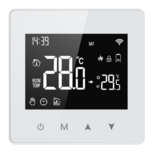
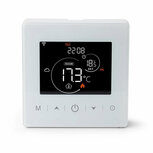
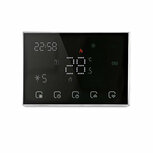
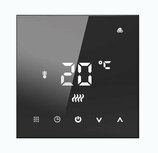
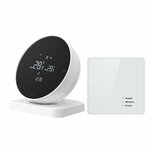
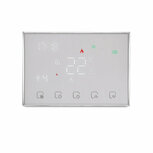
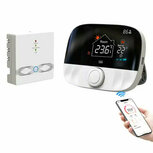
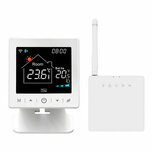
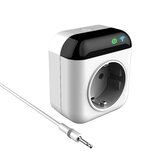
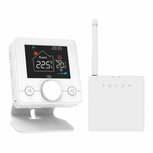
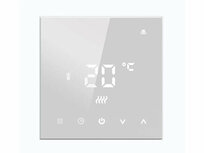
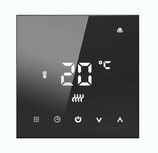
Energy Saving.
By using data about the weather, time of day, and space usage, a smart thermostat can regulate the temperature more efficiently. This can lead to lower energy bills because the heating or air conditioning does not need to be on unnecessarily.
Convenience.
Most smart thermostats can be controlled via a smartphone app or voice control, making it easy to adjust the temperature remotely. This is useful, for example, if you are on vacation or on your way home and want the house to be at the right temperature when you arrive.
Personalization.
Some smart thermostats can collect data about your usage habits and adjust the temperature accordingly. This could mean lowering the temperature when you are not at home or when you are sleeping.
Integration with Other Smart Devices.
Some smart thermostats can be connected to other smart devices in the home, such as smart lighting or smart speakers. This makes it easy to control these devices through a single app or voice control.
More Comfort.
By regulating the temperature more efficiently, a smart thermostat can ensure a more comfortable environment in the home. This can mean, for example, that it is not too hot or too cold, leading to less stress and a better indoor climate.
